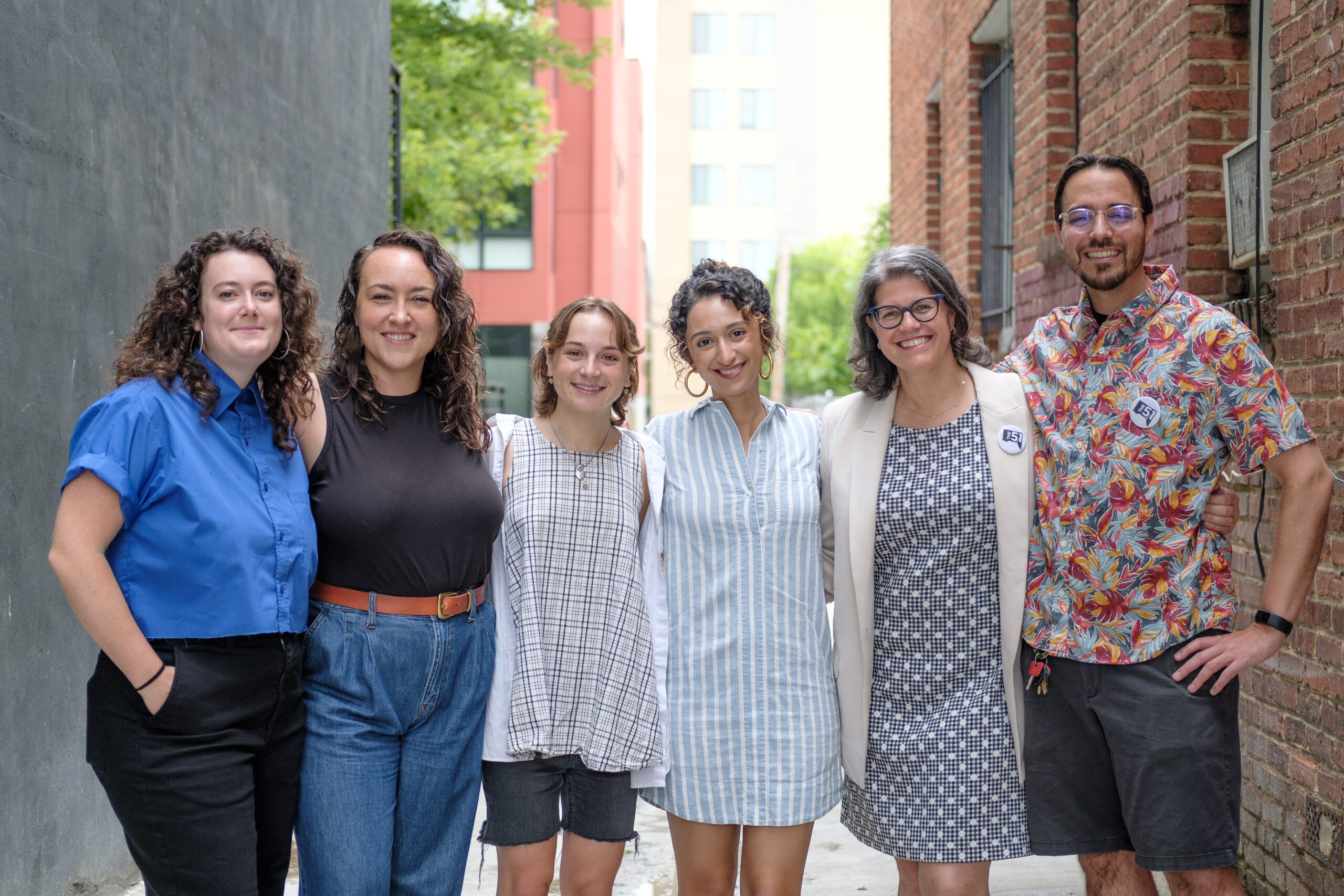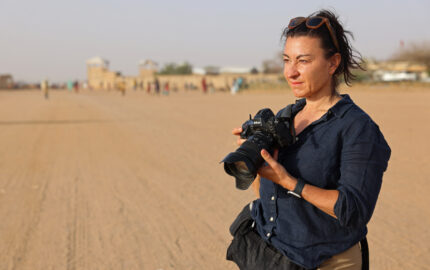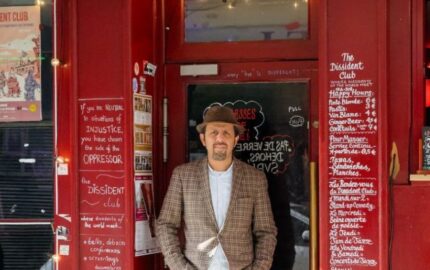In 2018, journalists Maddie Poore and Natalie Delgadillo were part of a team that revived the DCist — a digital news outlet that started as a blog in the early 2000s and covered politics, events, culture, and entertainment in the U.S. capital — when it was acquired by public radio station WAMU. But six years later, in February, WAMU shut it down.
The station’s public explanation was vague, and Poore and Delgadillo said they never came to understand what happened behind the scenes. (WAMU did not respond to repeated requests from Nieman Reports for comment.) Regardless, the closing of DCist was a familiar tale in today’s media landscape, as outlets continue to cut budgets for hyperlocal reporting.
Inspired by nonprofit newsrooms like Hellgate, The Colorado Sun, LA Public Press, and Block Club Chicago — many of which are worker-led — six DCist alumni endeavored to revive the spirit of the former news site that once dubbed itself the "unofficial homepage of the D.C. area." Last month, they launched a fundraising campaign to develop the infrastructure for The 51st, an employee-led, nonprofit newsroom whose first venture will be to produce a weekly newsletter this year.
Poore and Delgadillo, two of the six co-founders, spoke with Nieman Reports over phone and email about the formation of a sustainable, worker-led newsroom that aims to prioritize working conditions for staff as well as serve the local community. The conversation has been edited for length and clarity.
What is the origin story of The 51st?
Maddie Poore: [When] WAMU decided to abruptly shut down DCist, we were devastated. People relied on DCist to know what's going on in their community and to work and fight for things to be better. And that just [getting] taken away felt really unfair.
We gathered past, present, and recently let-go journalists. At that gathering, at a local restaurant, [we] started talking like, “What would it look like if we had a worker-led newsroom?” There was some excitement and some hesitancy. [Eventually] me and Abby Higgins wrote a Google Survey to assess people's interest and capacity. There ended up being about six people.
We were really toggling between “Do we want to be worker-owned” or “worker-led”? And we landed on worker-led and being a nonprofit given the realities in journalism, knowing that so much of the future is going to be grants and philanthropic dollars making this work sustainable.
Sitting in that restaurant, did you think: We’re about to do something big?
Poore: No. It was more like, “This is a dream.” A lot of us admire seeing other workers do this [after] their publications have been shuttered. But in that moment, in the early stages, did we think this would actually be happening? No.
Natalie Delgadillo: Especially those early days, it was really just like, “We're gonna give this our best shot and see what happens,” and that's as far as I had gotten thinking about it. It wasn't until right before the launch and the date … that I actually started to understand that it is happening … We've been doing so much work over the months, but in a lot of ways it hasn't felt real until very, very recently.
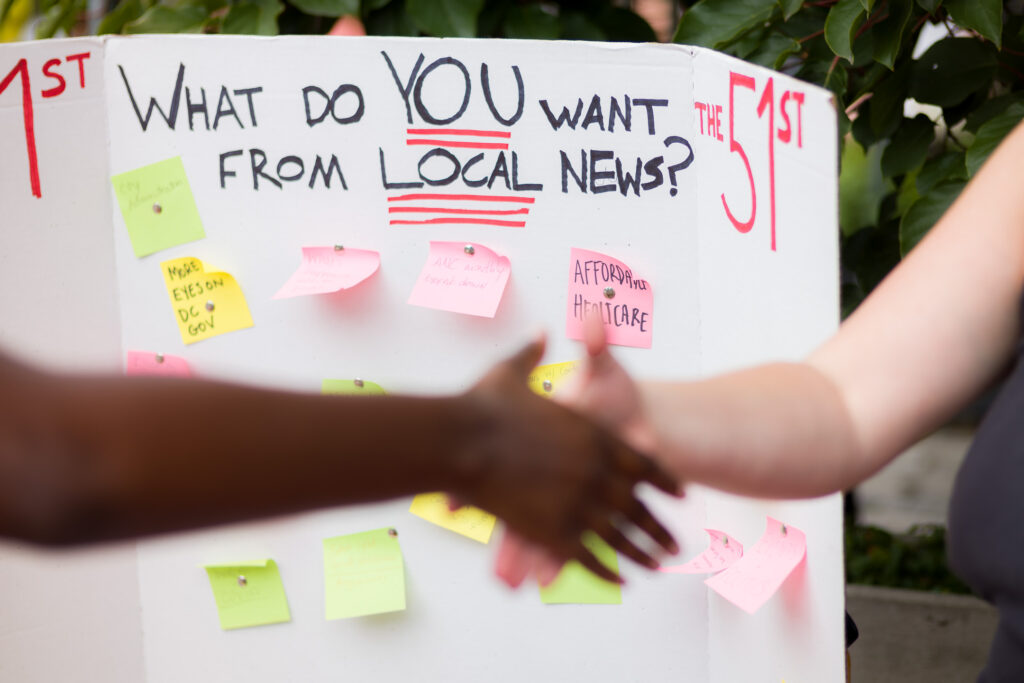
What’s the vision for a worker-led newsroom and how is it different from other outlets?
Poore: Being worker-led is an opportunity for the people who are making the journalism and doing the engagement work to also be the ones in charge of the direction of the organization. It allows us to grow in a much more sustainable way. We're not focused on profits. It's more like: What is the amount we need to be able to make sure everyone has their needs met and that we can be resourcing this newsroom to serve the city well? And we can make those decisions collaboratively.
Workplaces are very rarely democratic. So we're learning how to structure our meetings democratically and come to consensus and navigate disagreements. And that also feels like really important and exciting work to be doing in journalism and in a workplace [more broadly].
Delgadillo: It’s really nice to be able to know for sure [that] everyone's always going to be clued in. And it's not just the six of us, but anyone who comes on board is going to be clued into the realities. There's going to be a voice and a seat at the table for everybody who comes in on staff.
How will the style and content differ from DCist?
Delgadillo: It’s going to be different in the sense that we're not a daily news website. We're going to be a newsletter, and it's going to be weekly. I could picture a situation where, if we're well-resourced enough, we can ramp that up. Trying to provide everybody all the news that they need every day in D.C. … we don't have the resources for that [now]. Also, I think it's an opportunity for us to step back and do some deep community engagement work, and talk to people and figure out, “Besides what we've already done at DCist, what do you want to see from local news? What information are you missing?”
DCist absolutely did engagement work, but we did not have the same sort of setup where it was such a core part of our operation. We've [since] talked about things like creating a Whatsapp channel, or a text-distribution channel, or physical copies that we can bring to folks in the community who might not otherwise encounter us online.
How has the 51st been received?
Delgadillo: There has been so much support from folks. Whenever I go on to the Givebutter [website] there are so many comments that are saying things like, “I've missed DCist so much. There's a real hole. I'm so glad you guys are going to try to do this.” In terms of the media establishment, I haven't felt any hostility of any kind – if anything, local media has been really generous with us.
We've had a lot of really productive, good conversations with folks in the community about the diversity or lack thereof in our newsroom. We do have people of color in our newsroom, but we do not have a Black journalist that's currently involved as a staff member. We are really committed to increasing the diversity of our team. Part of the issue has been that all of us have been working for free, and obviously people who can spend this many hours working for no money for months are a self-selecting group of folks. [We know] we can't cover a city that is 42% Black or is plurality Black without having a Black journalist on our team.
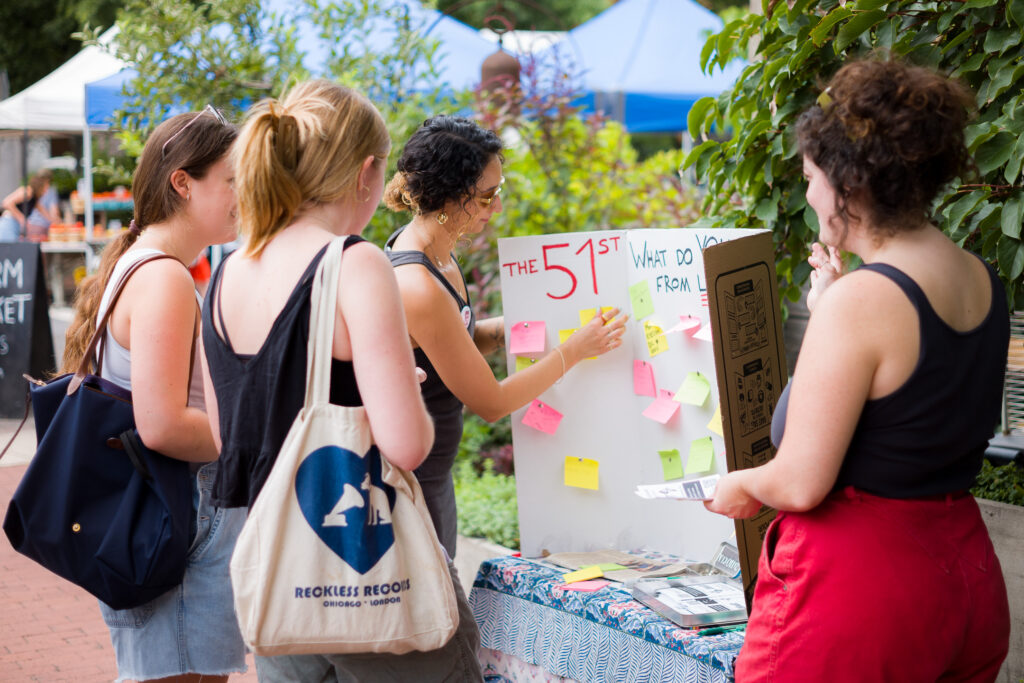
What advice do you have for others who are thinking about setting up a local newsroom?
Poore: You aren't in this alone. There are [a lot] of great guides, resources, and groups of other journalists and local newsroom entrepreneurs that you can join and learn from.
A local newsroom is best when built in community. Get out and hear from the local residents you plan to serve. Connect with other people and local orgs who are also doing information and service work around town.
Start small and scalable; it's best to under-promise and over-deliver than the other way around. You don’t have to limit yourself to the old structures and systems that didn’t work in the first place. Think creatively and have fun.
